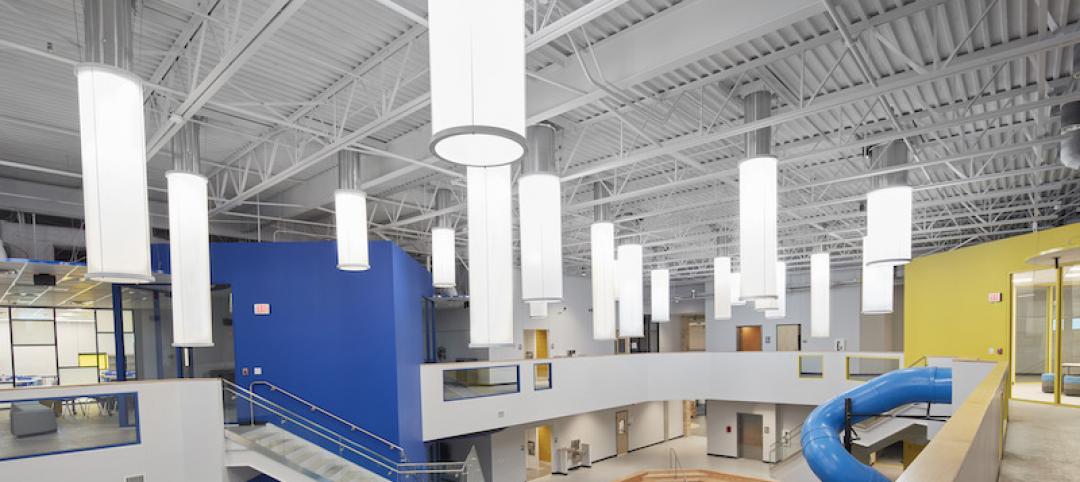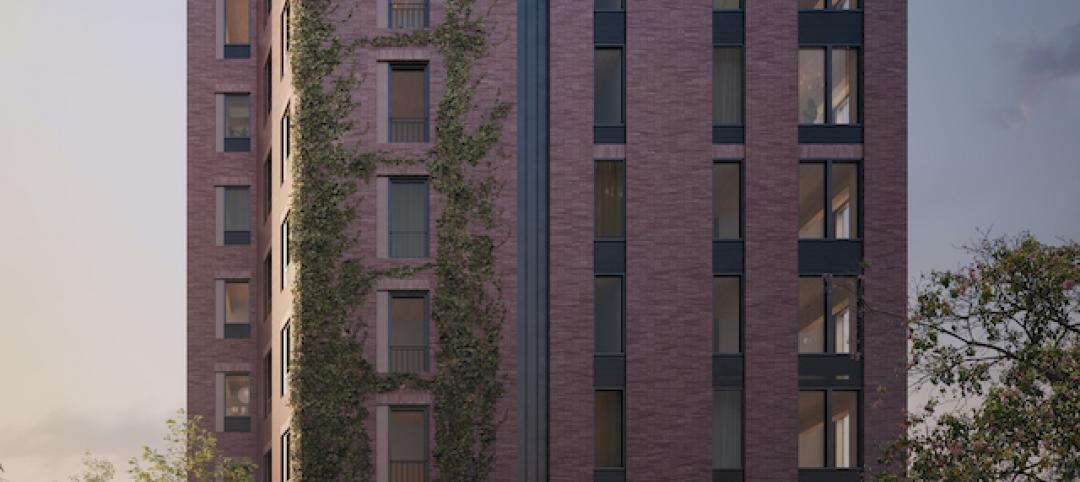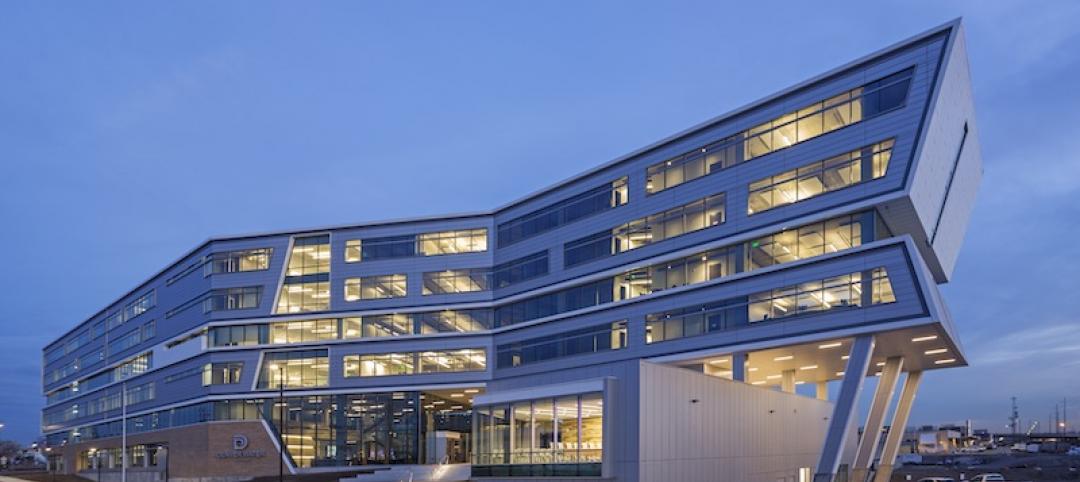A building energy labeling program that allows the industry to zero in on opportunities to lower building operating cost and make informed decisions to increase value has been expanded to include an As Designed label.
ASHRAE's Building Energy Quotient (bEQ) program is now two labels in one: an As Designed label that rates the building’s potential energy use under standardized conditions—independent of the building’s occupancy and usage—and an In Operation label that rates the building’s actual measured energy use as influenced by the building’s occupancy and usage.
A building’s utility costs are some of the largest, yet most controllable, operating expenses; therefore, managing a building’s energy efficiency is an integral part of the building’s operational and financial performance.
As the marketplace, the built environment industry and the government look at reducing energy use and saving money, the Building Energy Quotient is an easily understood, yet technically sound, tool for understanding a building’s energy use and identifying opportunities to reduce that use is needed. ASHRAE, a building technology society with more than 50,000 members worldwide, is the developer of bEQ.
“Owners, tenants, potential owners and tenants and building managers need to have the information necessary to make informed decisions about the energy use of the existing buildings where we live, work and play,” Amy Musser, Ph.D., P.E., a consulting engineer in Ashville, N.C., and volunteer chair of the bEQ Committee, said. “bEQ allows commercial building owners to zero in on opportunities to lower building operating cost and make informed decisions to increase value. It also allows potential buyers or tenants to gain insight into the value and potential long-term cost of a building.”
“What makes bEQ unique is the depth of the analysis upon which each rating is based,” Musser said. “Each label requires an ASHRAE-certified professional to perform either an energy assessment or standardized model; this brings a highly qualified individual to the building’s energy management team.”
The As Designed label is based on the results of an energy model with standardized inputs as compared to a baseline median EUI. The rating is based on simulated energy use—independent of operational and occupancy variables. Since the label compares a building under a standardized set of operating assumptions, it is a useful tool for tenants who want to compare different buildings without including effects of the current occupants as well as for operators to know whether they are achieving the full designed potential for a particular building. To receive an As Designed rating, a standardized energy model must be performed by an ASHRAE-Certified Building Energy Modeling Professional (BEMP).
The key component of the In Operation label is the in-operation assessment, which includes an ASHRAE Level I Energy Audit—the industry standard for determining a building’s energy use—conducted by an ASHRAE-Certified Building Energy Assessment Professional (BEAP), along with recommendations for energy improvement measures. The rating focuses on the building’s actual energy use for the preceding 12 to 18 months and is based on actual operating data. This helps building owners and operators see how their building’s energy usage compares to the energy usage of a median baseline building and highlights their building’s potential for energy performance improvement.
“bEQ is a voluntary program that draws on successful features from other U.S. and European building labeling and certification programs.” Musser said. “Building energy use disclosure is already mandatory in the states of California and Washington; the cities of Washington, D.C.; Austin, Texas; Boston, Mass.; Philadelphia; Pa.; New York City, N.Y.; San Francisco, Calif.; and the European Union and Australia.”
Buildings that participate in the program will receive a displayable label or plaque with an easily understood rating scale to allow a comparison of the building’s energy use with similar buildings, as well as demonstrate the building owner’s commitment to energy efficiency. Buildings can be labeled using both labels or just one.
The building owner will also be given a dashboard that provides a quick overview of the buildings energy usage, and a certificate that contains additional technical information to explain the score on the label and that could be used to satisfy compliance with state and local disclosure requirements.
Finally, documentation accompanying the label and certificate provides the background information useful for engineers, architects and technically savvy building owners or prospective owners in determining the current state of the building and opportunities for improving its energy use.
For more information, visit www.buildingenergyquotient.org.
ASHRAE, founded in 1894, is a building technology society with more than 50,000 members worldwide. The Society and its members focus on building systems, energy efficiency, indoor air quality and sustainability within the industry. Through research, standards writing, publishing and continuing education, ASHRAE shapes tomorrow’s built environment today.
Related Stories
Wood | May 14, 2021
What's next for mass timber design?
An architect who has worked on some of the nation's largest and most significant mass timber construction projects shares his thoughts on the latest design trends and innovations in mass timber.
Industry Research | Apr 9, 2021
BD+C exclusive research: What building owners want from AEC firms
BD+C’s first-ever owners’ survey finds them focused on improving buildings’ performance for higher investment returns.
Daylighting | Mar 7, 2021
Texas intermediate school lets the sun really shine in
Solatube tubular daylighting devices bring sunlight into the two-story commons/media space for 600 students in grades 3-5 at Sunnyvale Intermediate School.
Building Owners | Feb 4, 2021
The Weekly show, Feb 4, 2021: The rise of healthy buildings and human performance
This week on The Weekly show, BD+C editors speak with AEC industry leaders from Brookfield Properties, NBBJ, and UL about healthy buildings certification and improving human performance through research-based design.
Sustainable Design and Construction | Nov 17, 2020
A digital catalog offers mass timber solutions for greener urban construction
Hybrid designs reconcile metropolitan growth and lower CO2 emissions.
Sustainability | Aug 11, 2020
Sustainability is key for Denver Water’s modernized campus and distribution system
The utility is showcasing a new admin building and a water reuse plan that’s a first for the state.
Multifamily Housing | Jun 23, 2020
11 tips on how to install EV charging stations in multifamily housing
A top sustainability expert gives the whys and wherefores of installing electric vehicle charging posts in your next multifamily enterprise.
Green | Jan 10, 2020
How the new EC3 tool raises the bar on collective action
Nearly 50 AEC industry organizations partnered to develop the groundbreaking Embodied Carbon in Construction Calculator.
75 Top Building Products | Dec 12, 2019
Top Building Envelope Products for 2019
Sto's beetle-inspired exterior coating and Dörken Systems' UV-resistant vapor-permeable barrier are among the 28 new building envelope products to make Building Design+Construction's 2019 101 Top Products report.
Sustainable Design and Construction | Nov 20, 2019
Word of the Year: "climate emergency," says the Oxford English Dictionary
The Oxford Word of the Year 2019 is climate emergency.


















